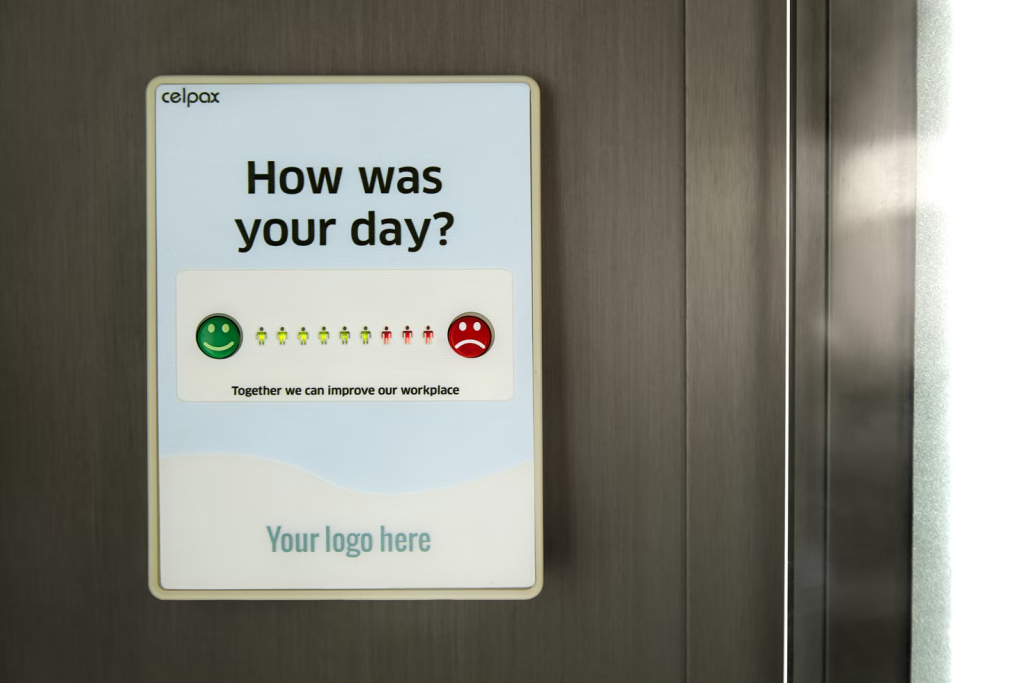The people who work for your company, the human capital, determine both the quality of the workplace and the organization’s future. That means that the more engaged your employees are, the better it is for your organization. And for your team to be involved and engaged, you need to go beyond investment and recruitment and focus on the entire employee lifecycle. You must invest in viable employee engagement strategies to maximize your employee human capital investment and turn them into high-ROI assets for your company.
With this in mind, we have listed five ways you can create a happy workplace that will increase employee engagement and output.

#1 Implement Lunch and Learn Programs
Lunch break during working days allows your team to refresh, charge their batteries and helps them prevent a mid-afternoon productivity fall.
However, lunch breaks do not necessarily have to be only about food and resting your mind. You can also use them as an opportunity for your employees to refocus, learn new or improve existing skills and even get to know each other with colleagues.
These enriched, educational, and conversational lunch breaks are known as lunch and learn programs and are a necessary supplement to any company aiming to build a happy workplace. Lunch and learns allow leaders to cover any topic they want through many different formats, including seminars, training, or discussion sessions and give employees a chance to build their knowledge and skills.
#2 Help Employees Stay Focused and Productive
As a business leader, one of your primary tasks is efficiently using your available resources and getting the most out of your employees. So for your business to thrive, you must put the right strategies to ensure your employees are focused and productive.
How to do that? Encourage your employees to use time management methods such as the Pomodoro Technique to sharpen their focusing skills and become more productive. All they have to do is select a task, set a timer for 25-minutes, and devote their exclusive attention to that task for that period. After the 25-minutes is up, they can give themselves a five-minute break and go on to the next one.
In addition, make sure you also offer your staff quality tools and equipment that can help them do their job more efficiently.
#3 Recognize Your Employees’ Progress and Achievements
Feedback should not be reserved for when you have a problem, although offering constructive criticism is significant in guiding employees in the right direction. However, it is also vital to let people know when they are doing well and that the company values them.
For example, when managers and business leaders consistently take the time to recognize employees’ achievements, it signals that your company values the excellent work they do and the effort they put in. More importantly, they will be more motivated and likely to see a future with your company. Ultimately, communicating positive feedback is also a great way to encourage team spirit and positive work culture.

#4 Let Your Employees Know How the Company Is Doing
As your employees are the backbone of your company, their success or failure will often depend on them. For your employees to have a vested interest in whether your company is doing well, they should be familiar with its accomplishments, concerns, and struggles.
For this reason, make sure you provide employees with a regular briefing of your company’s profitable ventures and the ones that did not work out. This is a great way to let your team know what processes worked and what did not, and importantly it grants them the opportunity to generate new ideas for the weaker areas and continue to be proactive.
#5 Create a Safe and Clean Working Environment
Every employee wants to have a comfortable, clean and safe environment to work. For a start, air pollution can be one of the primary reasons for reduced productivity in the workplace, so this should clear any doubts you might have related to the importance of air quality in the workplace. Make sure air vents or grilles are clean, implement an office and building smoking policy, bring nature in the office, etc.
Moreover, ensure that office floors with electrical cables are covered or taped down to prevent employees from tripping over or being exposed to more severe incidents. Also, make sure your office is regularly disinfected and sanitized. Safety in the workplace also includes eliminating negative personalities and respecting every employee. Finally, do not underestimate the power that honesty and integrity at the workplace can make the employees feel safe and create a happy workplace.
Bottom Line
If you want to improve employee engagement, it must be an ongoing strategy, not a one-off project you set and forget. When attention is only addressed once in a while, employees do not feel heard or supported, and managers do not take it seriously. For this reason, involve your employees and prioritize engagement all year long. We guarantee that you will see increased engagement and a higher return on your time, energy, and financial investment.










